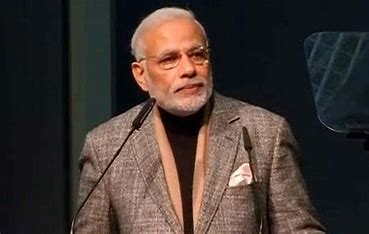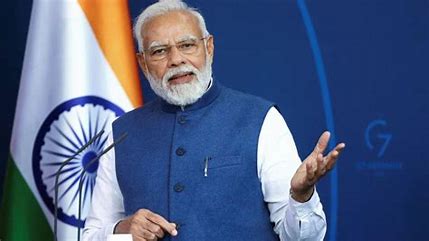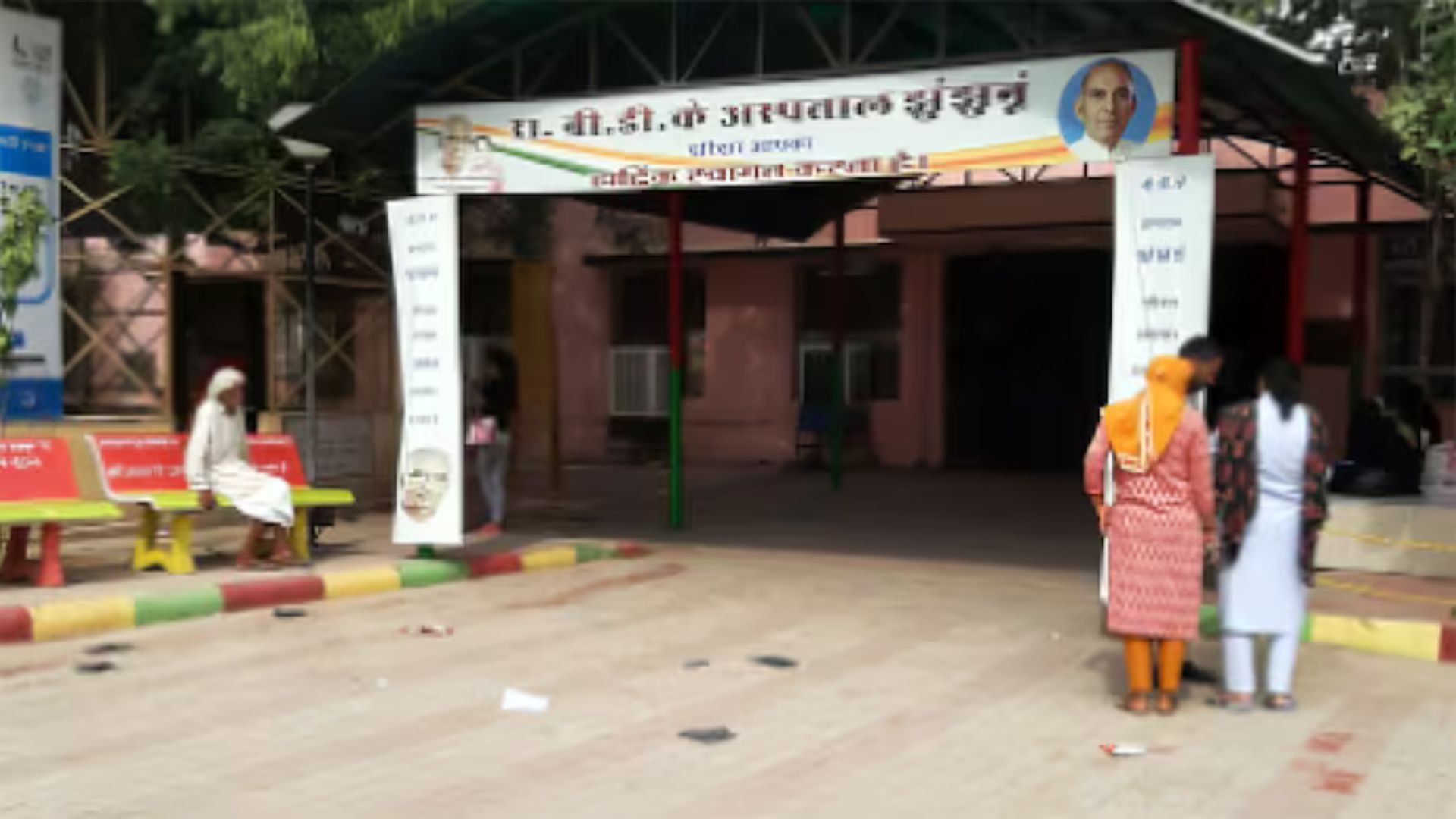
Since a few years, the authorities in Tibet have started implementing Xi Jinping’s theory: “To govern the nation, govern the borders; to govern the borders, strengthen the development of border regions.”
The formula can be found in every speech of the local satraps posted in Tibet; they repeat parrot-like that the inhabitants of China’s borders (with India) should be “the protectors of the sacred homeland and the builders of happy homes.”
The slogan has taken a concrete shape with the building of 604 ‘model’ villages on the Tibetan side of the Indian border, mainly north of Arunachal Pradesh, but also in Himachal and Ladakh. Officially, the scheme is linked with ‘poverty alleviation’ and the ‘defence of the borders’.
In the meanwhile, on the Indian side, the border villages are quickly getting empty.
According to a RTI, more than 5 lakh people have migrated from Uttarakhand in the last 10 years. It is said that more than one lakh has permanently migrated out of their villages (not to return), while 3,83,726 people, who have left in search of work and a better life, keep visiting their native places. The RTI also mentions 3,946 villages from where people have ‘permanently’ left land and home; these villages are being termed ‘ghost villages’.
Arunachal Pradesh is facing a similar situation.
Following a meeting of several legislators in Itanagar, an Indo-China Border Development Legislators Forum of Arunachal Pradesh (ICBDLFAP) has recently been constituted to formulate plans and strategies to curb the migration of people from the border villages to urban areas.
India.com reported that MLAs representing constituencies along the India-China border have started this forum to prevent the exodus of border residents by speeding up the development of the 1,080 km frontier with China.
State Assembly Speaker PD Sona, who represents the Mechuka assembly constituency, observed: “The villagers along the international borders are still lacking basic amenities due to which they migrate to urban areas in search of better life and livelihoods.”
The Forum suggested modifying the guidelines of the existing Border Areas Development Plan: “The inhabitants of the border villages are considered India’s first line of defence. They have never failed in reporting transgressions by the Chinese troops. …Basically the border areas remained backward owing to topographical factors and inaccessibility.”
Unfortunately (or fortunately) India is not China, where a word from the Emperor suffices to put a scheme on rail; India nevertheless badly needs a Himalaya Policy, based on a close collaboration between the Center and the States bordering China.
Twelve years ago, on October 30, 2009, the Himachal Pradesh Government organized the first ever Himalayan Chief Ministers Conclave on ‘’Indian Himalaya: Glaciers, Climate Change & Livelihoods’’ in Simla.
The main objective was to discuss the issues of environment degradation, climate change and its impact on the livelihood of local inhabitants of Himalayan region.
The Chief Ministers’ Conclave, attended amongst others by Jairam Ramesh, the Minister of State for Environment and Forests, the Chief Ministers of Uttarakhand, Himachal Pradesh and representatives of other Himalayan States, took place and a ‘Simla Declaration’ was agreed upon.
Unfortunately, ‘migration’ was not specifically mentioned and in any case, there was no follow up; this is happening all too often in India.
In Spring 2022, a national workshop is to be organized by NITI Aayog on the development of the Indian Himalayan region; it has been announced: “Central Ministries, State Government agencies, research institutions, NGOs, and other stakeholders will be part of the workshop. It will provide a national platform for sharing best practices on the science, governance, and field-work aspects of spring revival. The workshop will conclude with a roundtable discussion on the way ahead.”
Once again something more holistic and radical is required, because in most of these cases, the security issues so crucial today, are omitted, like it was decades ago, when Verrier Elwin’s romantic ‘Philosophy of NEFA’, became the Gospel for those dealing the borders. It resulted in a War with China.
The times for philosophy and romanticism are over; the Chinese have built more than 600 villages at India’s doors. Something needs to be done, and done now.
What is today required is a coordinated policy between the different stakeholders, including the defence forces.
A Department of Himalayan Affairs (DHA) needs to be created.
In view of the individualistic tendencies of the Indian bureaucracy, coordination will be a crucial element; it will need to be manned with (or in coordination with) officers of the Ministries of External Affairs, Defence, Education, Home, Culture, Environment as well as officers of the Indian Army, other border defense forces and intelligence agencies.
Without proper coordination, it will be just one more futile policy.
The DHA should work under the Prime Minister’s Office because if a ‘coordinator’ were to work under one of the above agencies only, he/she will not be in a position to coordinate and implement the holistic Government policy. A DHA should be headed by a Secretary, preferably with an Army/Security background.
In the 1950s and 1960s, an officer category called SOFA (Special Officer of Frontiers Affairs) existed; the scope of the SOFA’s responsibilities was limited due to the fact it was functioning under the MEA only; it was however manned by (excellent) officers, who were professionally looking after border areas.
It needs not being replicated as the situation has changed, though the DHA would have to keep in mind the welfare and the customs of the local population; this would include measures to stop the migration of the local populations towards the big cities; the building of infrastructure, the relations between the defence forces and the local population, the border trade and eventually trans-border pilgrimages.
The DHA could be supported by an Indian Frontier Administrative Service (IFAS). In the 1950s, IFAS officers did a great job on India’s northern borders and in Tibet; most of them had sacrificed their careers to join the Service; all were remarkable personalities. Even though the cadre does not exist anymore, their lives should be role models for young officers posted on the borders. Detailed studies should be undertaken about the fascinating achievements of those daring IFAS officers; a similar Service needs to be recreated for the welfare of the Himalayan population and a sound strategic development of India’s Northern borders.
The DHA will also have the responsibility to write the History of the Indian Borders, this will be important to lay the foundation of a solid long-term policy for the Himalaya.
Finally, let us not deny that the Chinese President has a valid point: “to govern a nation, it is necessary to govern the borders…”
The Government will have to be bold to bypass the babus, but it is the pressing need of the hour; China is often moving its pawns faster; but with the right moves, Delhi could win a great Himalayan battle, and show Xi Jinping the advantages of democracy over totalitarianism.
The writer is a noted author, journalist, historian, Tibetologist and China expert. The views expressed are personal.
A Department of Himalayan Affairs needs to be created.In view of the individualistic tendencies of the Indian bureaucracy, coordination will be a crucial element; it will need to be manned with (or in coordination with) officers of the Ministries of External Affairs, Defence, Education, Home, Culture, Environment as well as officers of the Indian Army, other border defence forces and intelligence agencies.Without proper coordination, it will be just one more futile policy.















